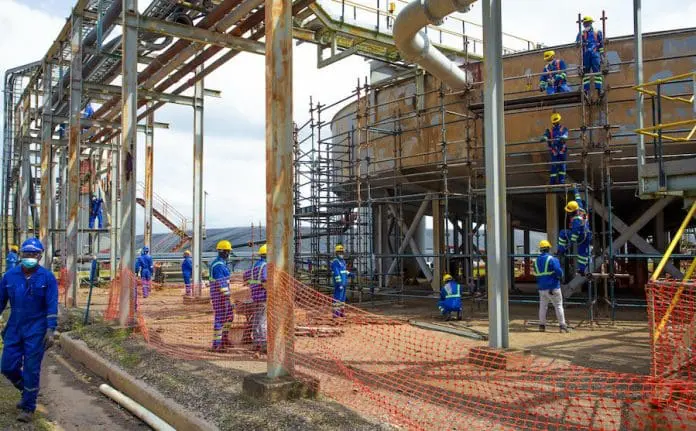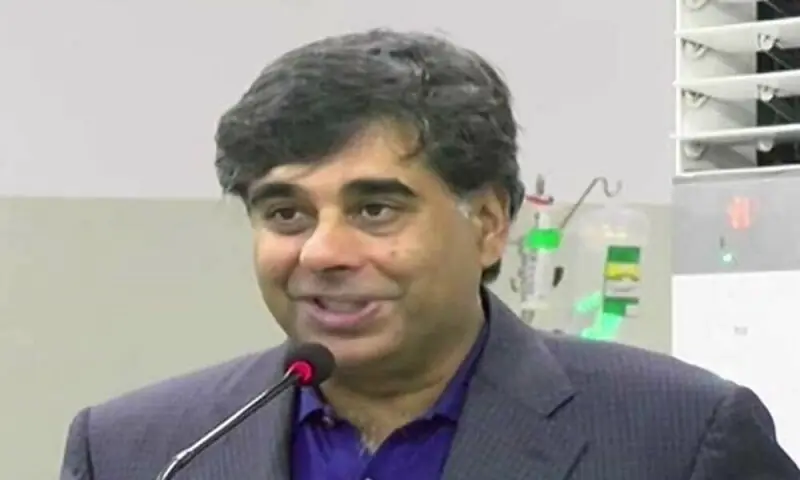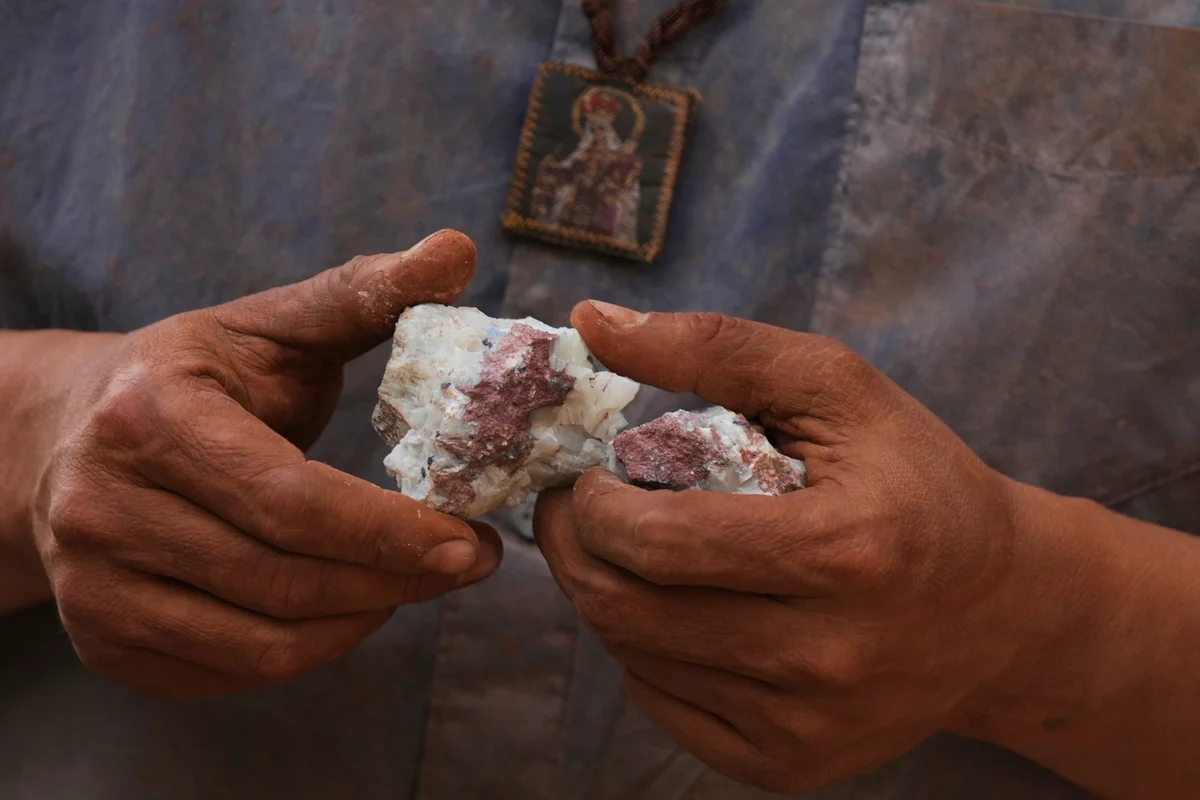By Ghana News
Copyright ghanamma

Asante Gold Corporation has started operations at its $32 million sulphide treatment plant at the Bibiani mine, a technical upgrade that could transform the economics of one of Ghana’s most closely watched gold operations.
The plant began processing ore on a 12-hour schedule September 27 and was expected to ramp up to 24-hour operations by Monday, September 30. If optimization proceeds as planned through October, the facility should boost gold recovery rates from 60% to 92%—a dramatic improvement that would capture value currently lost in tailings.
Dave Anthony, president and chief executive of Asante, framed the milestone as part of a broader growth strategy. “With construction and commissioning of the Bibiani sulphide treatment plant complete, we are focused on the next phase, which moves the plant into operation, ramp-up, testing and optimization to achieve 92% recovery and enhance Bibiani’s growth profile,” he said.
The project came in exactly on budget at $32 million and posted a perfect safety record—zero lost time incidents and zero recordable incidents year-to-date. That’s increasingly rare in mining construction, where cost overruns and safety problems frequently plague new facilities.
The technical challenge the plant addresses is specific but significant. At Bibiani, approximately 30% of gold below 110 meters depth occurs within sulphide mineralization measuring 35 microns. Standard processing can’t efficiently recover gold locked in these fine sulphide particles, meaning Asante was essentially throwing away nearly a third of the metal in deeper ore.
The solution involves flotation to concentrate sulphides, regrinding to 25 microns, elevated oxygen leaching using Aachen reactor technology, and carbon in pulp recovery. Flotation tailings and sulphide plant tailings then return to the carbon in leach plant for additional treatment. It’s a complex flowsheet, but the economics justify the complexity if recovery rates reach projected levels.
TRACS International, which audited Bibiani’s technical report published in April 2024, confirmed the 92% recovery target is achievable with the new processing configuration. Whether Asante actually hits that mark in practice will become clear over the next several months as operators dial in optimal conditions.
The company projects reaching nameplate capacity of 4 million tonnes per year, which combined with 92% recovery would position Bibiani as a significant gold producer by any measure. Asante aims to grow total production across its operations to between 450,000 and 500,000 ounces annually—a substantial increase from current output.
Bibiani itself has a complicated history. The mine originally operated from 1904 through 2006 before closing. Asante acquired it in 2019 and restarted operations in 2022, making it one of Ghana’s more recent mining revival stories. The company also owns the producing Chirano mine and the Kubi gold project, all located on Ghana’s prolific gold belts.
MIIF, Ghana’s sovereign wealth fund focused on mining, invested $40 million in Asante between 2021 and 2022, gaining significant equity across the company’s portfolio including Bibiani and Chirano. That investment increased Ghanaian ownership to approximately 40%, making Asante the only large-scale international gold operation with substantial local equity since Ghana’s divestiture programs in the 1980s.
The relationship positions Asante somewhat differently than purely foreign-owned operations. The company lists on both the Toronto Venture Exchange and Ghana Stock Exchange, giving local investors direct access to shares. Edward Nana Yaw Koranteng, who led MIIF during its investment period, joined Asante’s board in 2023.
For the sulphide plant specifically, Asante worked with multiple international partners. ALS Australia conducted process testing, with principal equipment supplied by FLSmidth (USA), MO Group (Europe), and Maelgwyn (South Africa). Ghanaian firms Mining Process Project Engineering and Jet-Rom Engineering handled design and project management respectively.
That local involvement matters both politically and practically. Ghana increasingly expects mining companies to demonstrate local content in procurement and employment, and Asante’s approach shows how international technology can integrate with domestic engineering capacity.
The October optimization period will be crucial. Getting from initial startup to consistent 92% recovery requires adjusting reagent dosing, grind sizes, residence times, and dozens of other variables. Even with proven technology, translating design targets to operating reality takes time and expertise.
Anthony brings relevant experience to this challenge. He spent 10 years with Barrick in Africa, eventually becoming chief operating officer of African Barrick Gold, and has over 40 years in mine project development spanning multiple continents. The company’s flawless safety record during construction suggests competent execution.
Financial markets will be watching production numbers closely. Asante has been ramping up Bibiani throughout 2025, funded partly by a $100 million deposit from Fujairah Holdings. The sulphide plant represents a critical piece of the growth story that justified that investment.
The broader Ghana mining sector has seen mixed fortunes recently. Some operations face production challenges or reserves issues, while others like Asante are investing in expansions. Government policy around royalties, taxes, and local content requirements continues evolving, creating both opportunities and complexities.
Asante’s approach—combining international capital and technology with significant Ghanaian ownership and local engineering partnerships—offers one model for how mining development might work. Whether it proves commercially successful depends heavily on executing well operationally while navigating Ghana’s regulatory environment.
The company maintains ambitious expansion plans beyond Bibiani. It’s exploring the Keyhole, Fahiakoba, and Betenase projects, all located near major mines in what’s known as Ghana’s Golden Triangle. It has expressed interest in acquiring additional producing assets, including indicating earlier this year that it might bid for Newmont’s Akyem mine.
For now, the focus is getting the sulphide plant performing as designed. The difference between 60% and 92% recovery represents substantial metal that either gets sold or lost. If Asante achieves the higher rate consistently, it fundamentally changes Bibiani’s economics and validates the $32 million investment.
The company’s quarterly results for the period ended July 31, 2025 showed continued operational progress, though detailed production figures and financial performance weren’t included in the sulphide plant announcement. Those metrics will matter increasingly as the new facility ramps up.
October will tell much of the story. If recovery rates climb steadily toward 92% without major operational problems, Asante’s growth trajectory looks credible. If the plant struggles to reach projected performance or encounters unexpected issues, the company faces a more challenging path forward.
The mining industry has enough examples of projects that looked good on paper but disappointed in practice to warrant cautious optimism rather than celebration at this stage. Asante has executed the construction competently and safely. Now comes the harder part—making it work consistently at commercial scale.
For Ghana’s mining sector and for Asante’s shareholders, the stakes are considerable. Success would demonstrate that mid-tier operators can develop complex metallurgical projects on budget and schedule while delivering performance improvements. It would also validate the strategy of significant local equity participation in mining operations.
The plant is running. The next several weeks will show whether it’s running well enough to justify the investment and support Asante’s ambitious growth plans.



